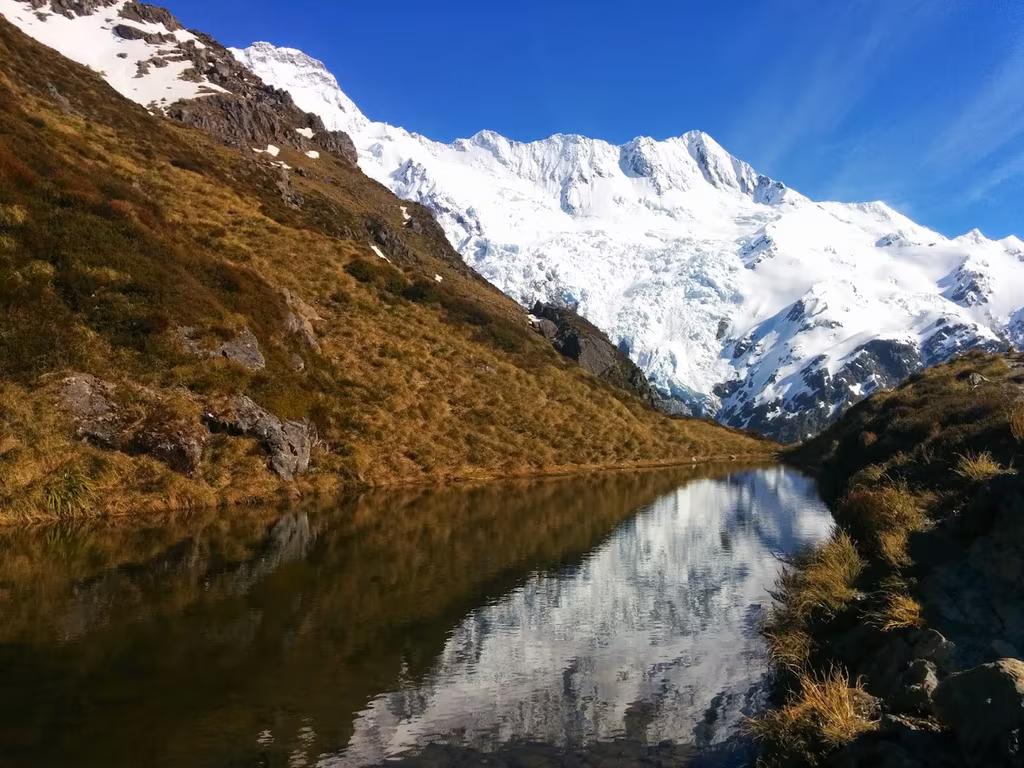Benchmarking commercial amenity
New Zealand is a beautiful country and all of our towns and cities can claim some form of natural amenity when it comes to attracting tourists and migrants. Being a coastal country, we are rarely far from a beach. Even our inland centres are blessed with magnificent rivers and mountain vistas. Ask anyone – whether a professional involved in economic development and tourism, or a resident on the street – what is special about their area, and their first answer will often relate to natural amenity.
Although natural amenity may be top of the list, people making decisions to visit or move to an area will consider the whole package – considering natural amenity, commercial amenity, culture and creativity, living costs and more.
Commercial amenity captures the commercial offerings in an area – cafes, restaurants, retail, activities – which contribute to the overall ‘package’, and this can be benchmarked against comparable areas. Small towns will never compete with the commercial amenity of downtown Auckland (and that may be part of their appeal!), but they need to be competitive with other comparable towns in order to attract migration and tourists.
In this article we benchmark commercial amenity by looking at employment per capita in different industries, making the underlying assumption that employment correlates with the depth and breadth of offering.
Cafés, restaurant and bars
Queenstown-Lakes has the strongest hospitality offering in the country, with 57 café, restaurant and bar employees per 1,000 population. The top ten areas for cafés, restaurant and bars all have strong tourism industries, demonstrating how a strong tourism industry can benefit locals by supporting a greater range of local amenity.
The composition within this indicator differs widely, for example, Ashburton and Gore had among the lowest ratio of café employees per capita but one of the highest ratios for bars. This goes to show that as well as reflecting the prevalence of tourism, these rankings also reflect different norms around socialising in different communities.
Health and fitness centres
Health and fitness centres – think gyms – are less influenced by tourism and we see the top ten areas on a per capita basis are generally heavily urbanised areas. This reflects that larger population centres have a larger potential customer base, thereby supporting a wider offering including more specialist gyms, for example different forms of martial arts. In the case of smaller communities such as Buller District, they may have no employment in health and fitness centres directly, because this amenity is provided in other facilities, such as at the local swimming pool.
Clothing, footwear and department store retailing
Queenstown-Lakes ranks number one for clothing, footwear and department store retailing, undoubtedly influenced by the tourism dollar. However, there is a more diverse top ten after Queenstown-Lakes, with a number of small but important provincial service towns coming through. Invercargill (ranked 3rd) is the retail centre for the Southland Region, Grey District (ranked 5th) serves the entire West Coast region, and Timaru (ranked 11th) is the key retail centre for Mackenzie and Waimate Districts. This also highlights that due to remoteness, some of these regions need to be more self-sufficient.
Conversely, satellite urban areas can be highly dependent on their neighbours for commercial amenity. Despite a strong and growing population, Western Bay of Plenty (ranked 60th) relies on the commercial amenity of neighbouring Tauranga (ranked 4th).
What is it good for?
This article provides a broad-brush look at commercial amenity benchmarking at a territorial authority level. This can be expanded in a bespoke analysis looking at specific types of commercial amenity, or focusing on specific towns or suburbs based on SA2 areas.
This sort of information is highly useful for spatial planning processes, to ensure that the availability of commercially zoned land matches the community’s aspirations. Infometrics is currently undertaking this exercise for Far North District Council to inform the Kerikeri-Waipapa spatial plan.
For types of commercial amenity that scale with population, such as cafes and restaurants, this benchmarking can be used to understand how large residential developments might affect commercial amenity. In my hometown of the Kapiti Coast, the airport owners are considering building 3,000 new houses on the airport land, which would amount to an additional population of 6,900. Assuming a linear relationship between population and commercial amenity, the population accommodated by this development could support more than 80 additional jobs in cafes and restaurants, and more than 40 additional jobs in clothing, footwear and department store retailing. This would likely manifest as both an expansion of existing businesses and the introduction of new businesses, providing a greater choice for the whole community.















